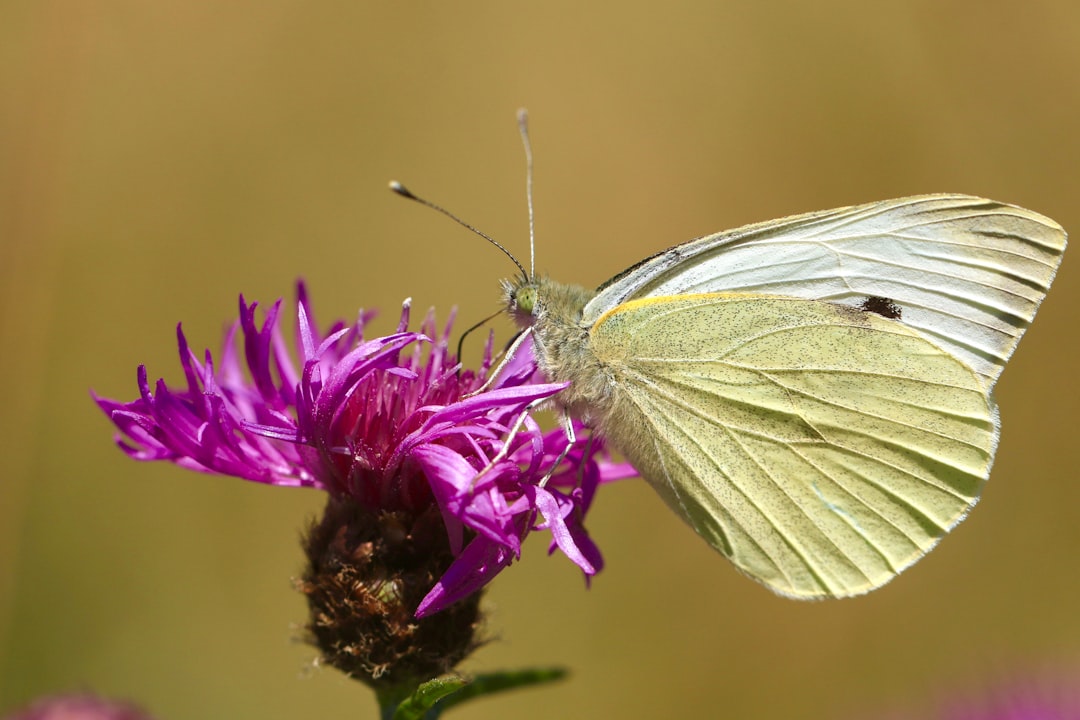What is it about?
Populations of the forest dormouse (Dryomys nitedula Pallas, 1778) are widespread across Europe and south-western Asia, but their ability to survive in a mosaic of forest stands is insufficient, and they are extremely scarce in Russia. In 2013–2019, we studied the taxonomic and ecological composition of forest stands in the Middle Volga. Forest dormice were recorded in 30% of the investigated forest stands, being 4–70 ha in size. Habitats of the forest dormouse were characterized by higher species richness of woody plants, by presence of woody plant species with juicy fruits, dry fruits and seeds, and by dominance of shrubs (52.1% of all plant species). Out of 98 species of gymnosperms and angiosperms, species belonging to families Rosaceae and Salicaceae dominated. Out of the 98 registered plants, 43 species formed juicy and 55 species formed dry fruits and seeds, including Quercus robur L., Corylus avellana L., Tilia cordata Mill. Alien plant species (26.4%) had no impact on the habitat attractivity.
Featured Image

Photo by Rots Marie-Hélène on Unsplash
Why is it important?
Favorable conditions for existence the forest dormouse in the Middle Volga are secured by high diversity of woody plants in the forest stands, providing these animals with plant-based food. Usage of only optimal habitats resulted in patchy distribution of the species.
Perspectives
We found, that habitats of the forest dormouse were characterized by (1) higher species richness of the woody plants but not by their diversity, (2) presence of the woody plant species with juicy fruits, dry fruits and seeds, and (3) domination of shrubs among plant life forms. We conclude, that the forest dormouse in the Middle Volga has favorable conditions for existence and is provided with plant-based food. This is possible due to high diversity of the woody plants in the forest stands. Three formerly mentioned peculiarities of the habitat characteristics results in patchy distribution of the species, as it uses only optimal habitats.
Alexey Andreychev
Read the Original
This page is a summary of: Taxonomic and ecological composition of forest stands inhabited by forest dormouse Dryomys nitedula (Rodentia: Gliridae) in the Middle Volga, Biologia, November 2020, Springer Science + Business Media,
DOI: 10.2478/s11756-020-00651-3.
You can read the full text:
Resources
Contributors
The following have contributed to this page










